
The Namib Sand Sea are picturesque sand dunes spreading across a vast expanse of coastal desert in Southwestern Africa along the Atlantic Ocean. The area is a UNESCO World Heritage Site of scientific, educational, ecological and geographical as well as cultural importance attracting hundreds of tourist from across the globe. The Namib Sand Sea is unique in that it is the only one of its kind in the world. Apart from it beauty, many different plans and animals have over time have adapted to this beautiful and harsh habitat.
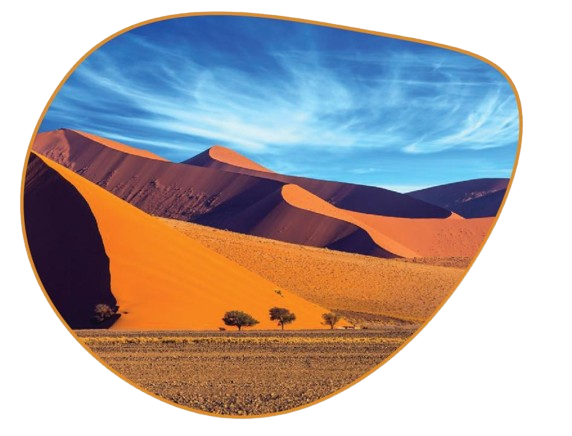
The Namib-Naukluft National Park was set up in 1907. Large red and yellow dunes can be seen all around reaching to 300 meters in height from the desert floor. Not too long ago, the Namib-Naukluft National Park of 49,768 km2 was the largest game park in Africa and the fourth largest in the world.
Wild life are varied from baboons, cape foxes, bat-eared foxes, snakes, geckos, unusual insects, hyenas, gemsboks, jackals, cape foxes, caracals, springboks, hyenas, African wildcats, and leopards.
The rear and famous plant of the Namid Desert is the Welwitschia known to exist only in Namibia and Angola.
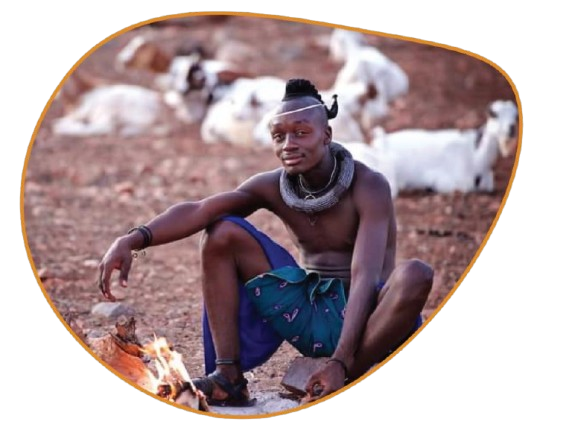
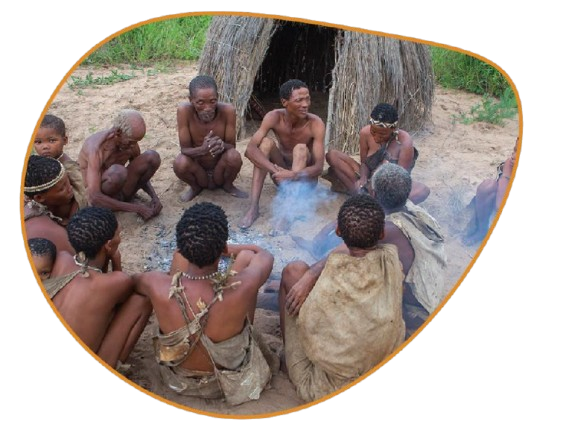
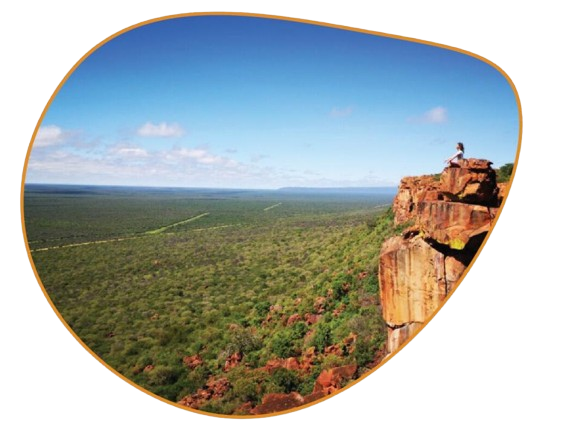
Waterberg Plateau National Park –Waterberg Plateau Park is a national park in central Namibia encompassing the Waterberg Plateau, 68km east of the town of Otjiwarongo.
Waterberg is a high plateau, a famous battle place of the Heroros and Germans. The area is home to the Darma Digdick, the smallest antelope in the world and it cannot found no where else upon the planet. It towers some 200m above the surrounding landscape, and the plateau with its sheer cliffs and fascinating rock formations serves as a breeding area for endangered animal species.
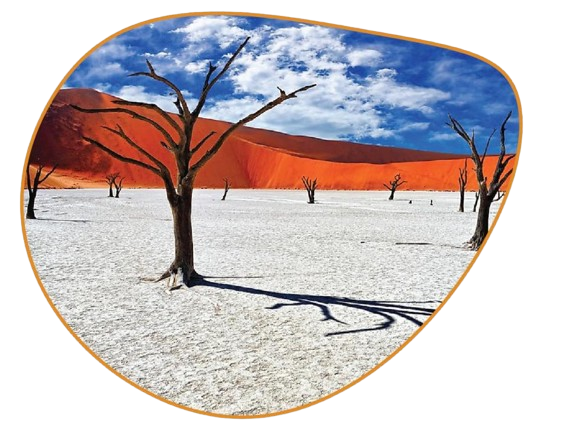
Sossusvlei
A most interesting place within the Namib Desert offering a rich panoramic views of spectacular with its white salt pan, dead tree with the dead pan standing and red dunes surrounding. It is one Namibia’s most visited attraction where animals have adapted to the harsh condition particularly Namibia’s National animal, the ‘Oryx’ can be frequently seen, alongside the brown hyena, black-backed jackals and ostriches just to mentioned a few.
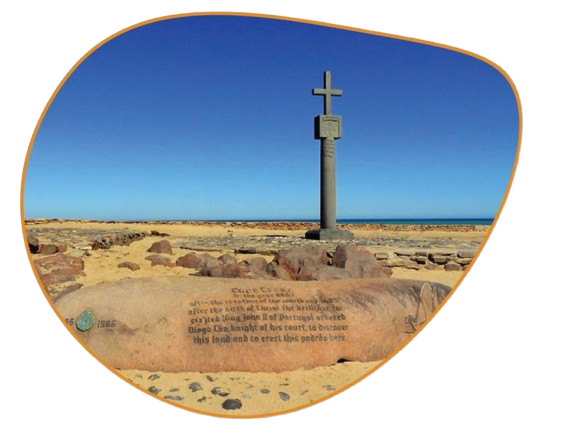
Cape Cross
Is a famous place where the first European Diogo Cão arrived on the Namibian shores back in 14 86. Cape Cross is widely known as one of the largest seal colony in the world. Here you will fine thousands of seal basking on the rocky shores where the month of October sees an increase within the seal population as they come to mate and defend their territory.
EXPERIENCE ALL THIS NAMIBIAN UNIQUENESS TODAY! BOOK A TOUR WITH US
